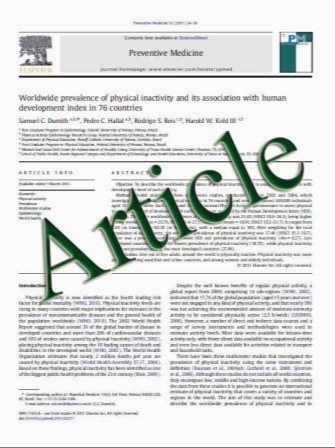Short-term treatment effects of quad-helix on maxillomandibular expansion in patients with maxillary incisor crowding
- نوع فایل : کتاب
- زبان : انگلیسی
- مؤلف : Isao Shundo • Yoshiki Kobayashi • Toshiya Endo
- چاپ و سال / کشور: 2011
Description
The purpose of this study was to evaluate the effects of the maxillary arch expansion on maxillomandibular arch widths in patients treated with the quad-helix versus untreated controls. The treatment group consisted of 50 consecutive patients treated for maxillary incisor crowding with a quad-helix appliance in the early mixed dentition. Lateral cephalograms and dental casts taken at the start (T0) and end (T1) of the quad-helix treatment were obtained. The control group consisted of 50 untreated patients with the same type of malocclusion. Two consecutive lateral cephalograms and dental casts of each untreated patient were taken at about the same time as T0 and T1. All these study materials were analyzed for comparison between the two groups. The mean ages at T0 and T1 in the two groups were about the same. The maxillary first molars moved and tipped distally in the treatment group and mesially in the control group. The quad-helix treatment actually expanded the mandibular and maxillary arches concurrently. The more the maxillary arch widths were expanded and the less the maxillary first molars were inclined distally, the more the mandibular arch widths were expanded. The quad-helix activation caused lingual tipping and mesiobuccal rotation of the maxillary first molars. The mesiobuccal rotation of the maxillary first molars could turn molar occlusal relationships for the better from Class II to Class I. The quad-helix treatment gives rise to spontaneous expansion of the mandibular arch concurrent with maxillary expansion in the early mixed dentition patients with maxillary incisor crowding.
Odontology DOI 10.1007/s10266-011-0028-z Received: 16 December 2010 / Accepted: 26 January 2011


